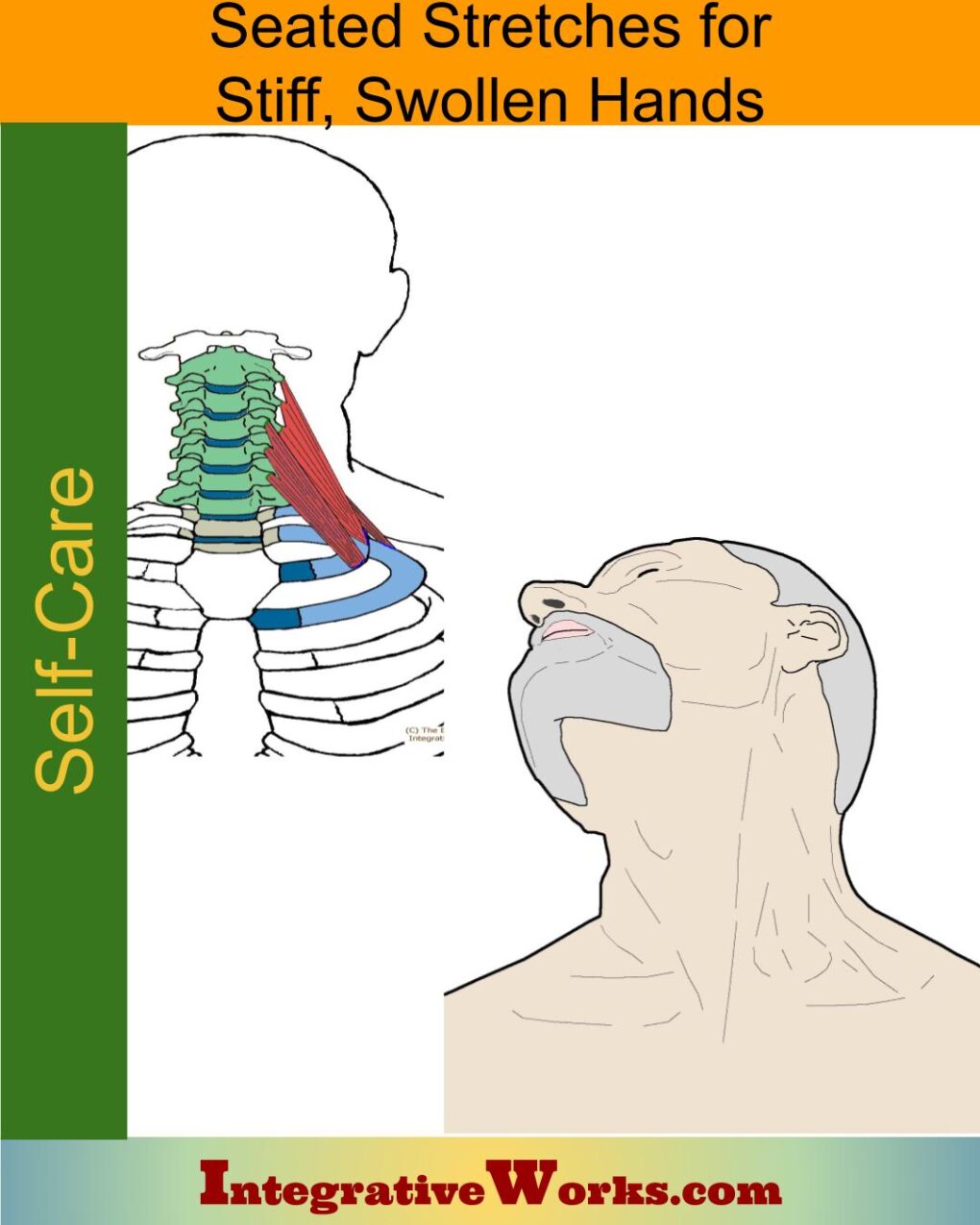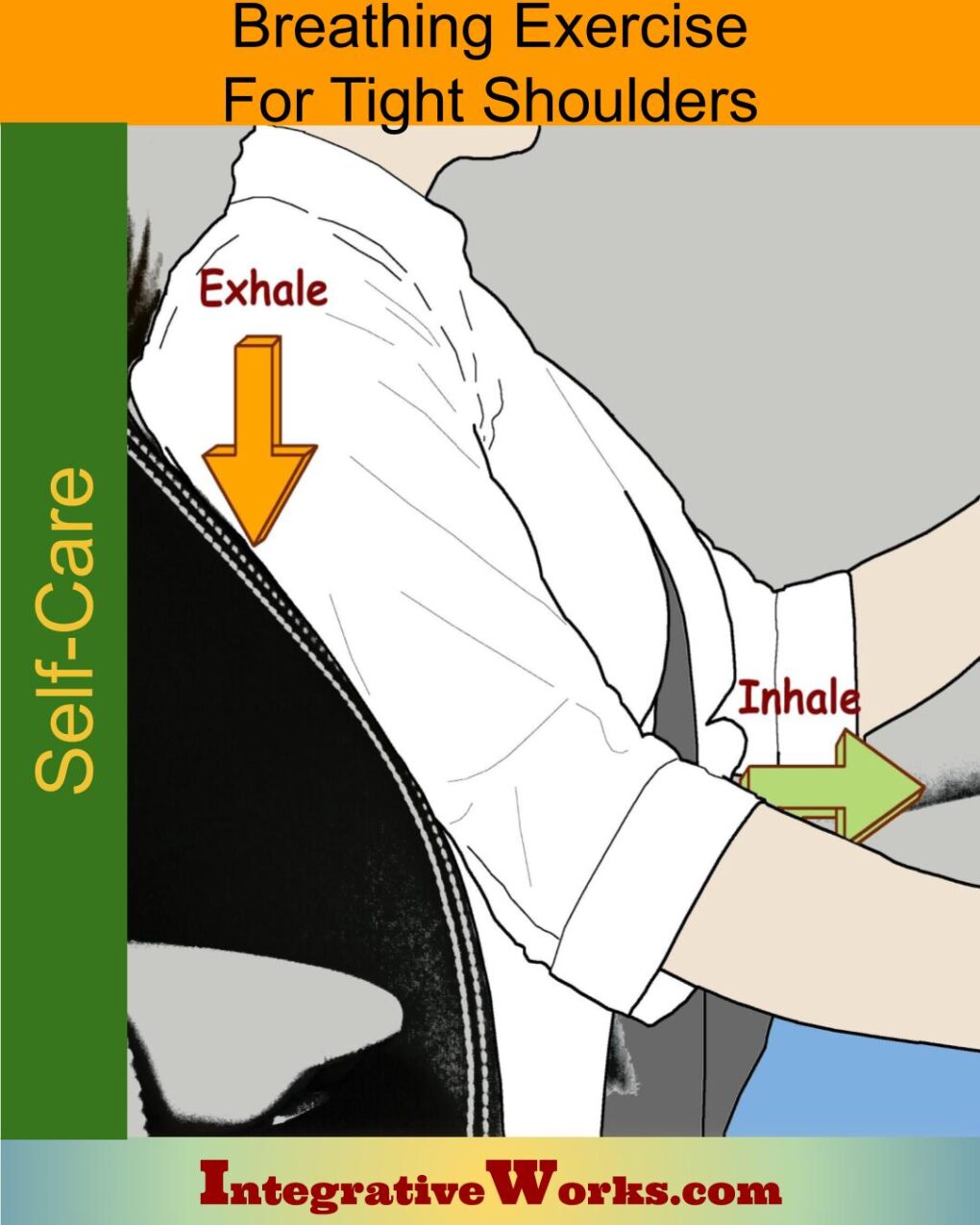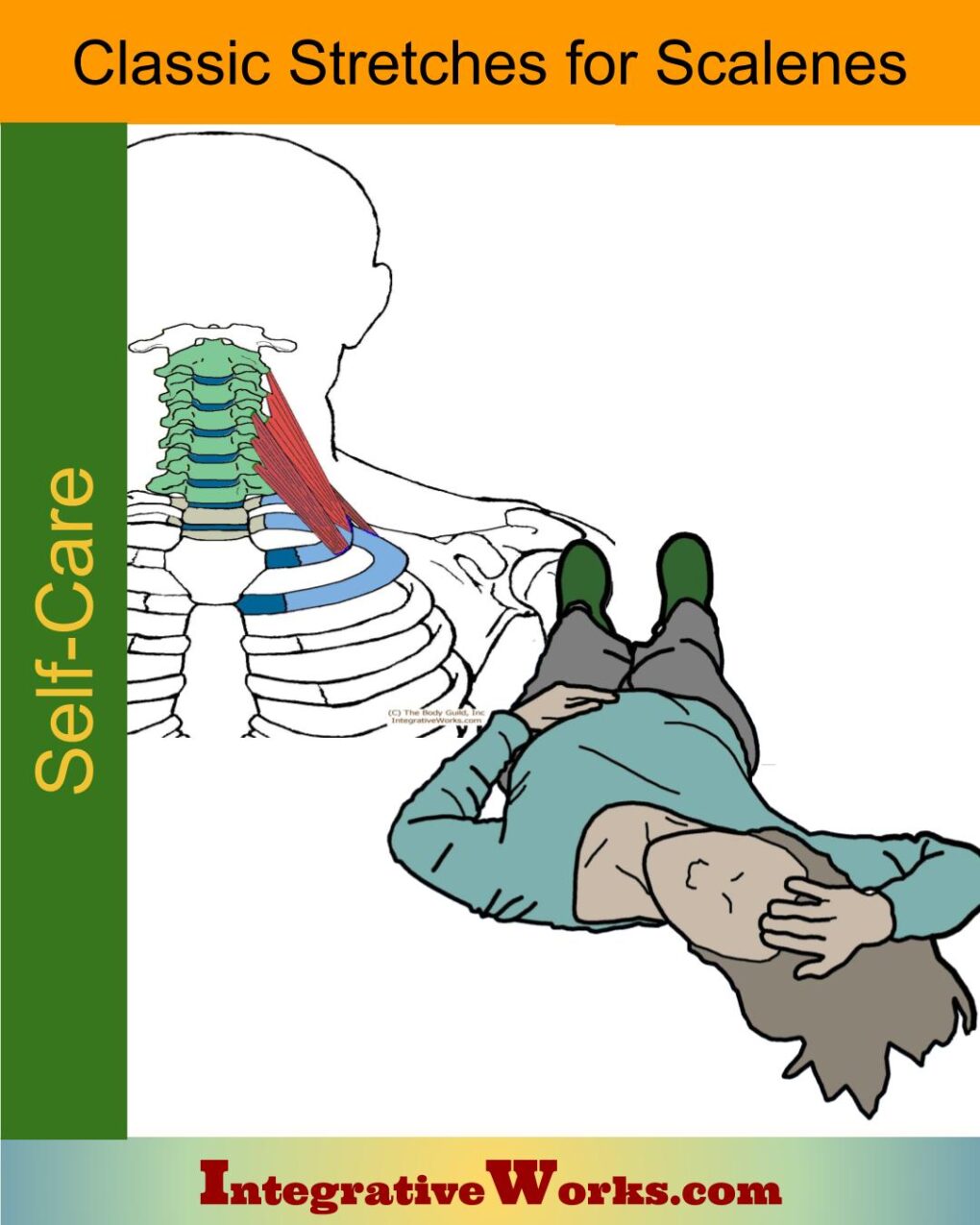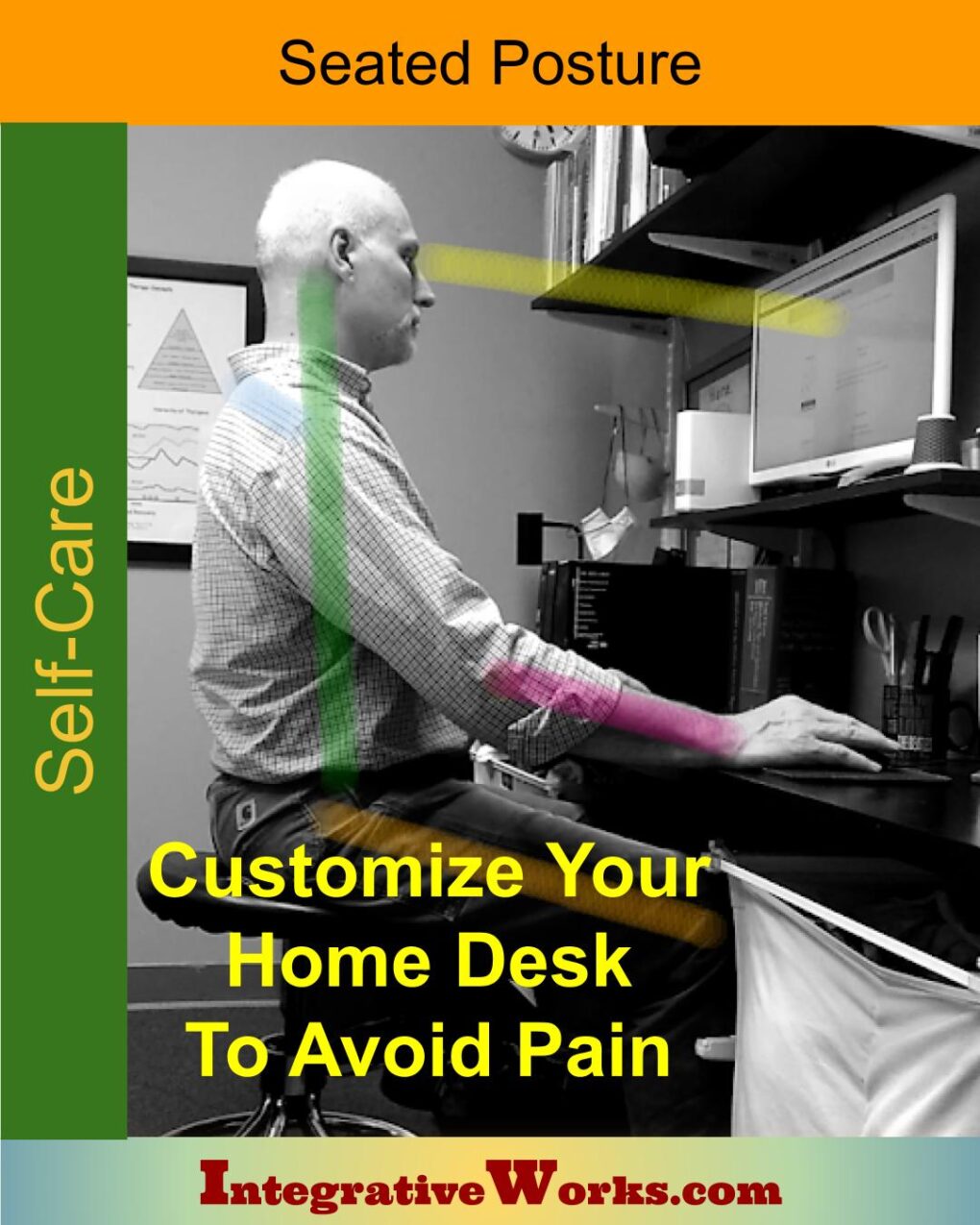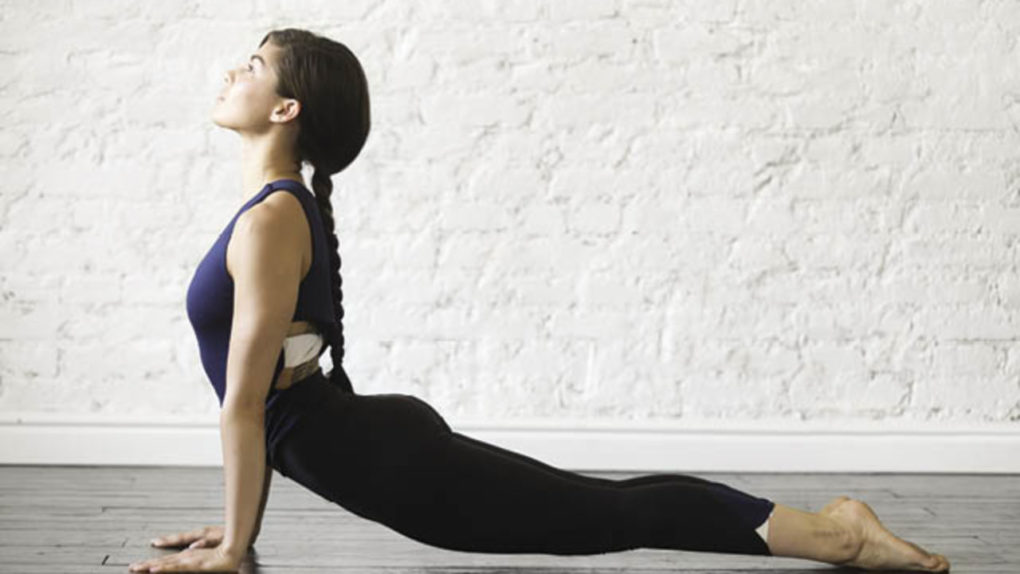Table of Contents
- Activities to Avoid or Change
- For Temporary Relief
- Stretches and Exercises for Longer-Lasting Relief
- Yoga Corner
Overview
Scalene muscles produce a number of patterns that can be experienced separately. These self-care strategies are great for relief from that pain and tingling in your hand along the index finger and thumb. Often, this includes pain in the upper back, along the shoulder blade described in this post. Additionally, it can leave you with swollen hands in the morning, as described in this other post. Further down in this post is a link to the more extensive change needed in correcting forward head posture.
Activities To Avoid or Change:

Head back, Chin Down
This pattern comes from the scalene muscles, which are used in breathing. They should be an accessory breathing muscle, but certain postures make them the primary breathing muscle. When you are leaned forward so that it is difficult to breathe with your diaphragm, they pull up on the top ribs to inhale. For help with that, look at this post about seated posture so that this doesn’t occur.
Steering the Car
Also, this is aggravated by driving with your hands at 10 and 2. By the way, that creates risks of being injured, if the airbag goes off. Drive with your hands at 4 and 8. It’s more relaxing, safer, and stops your scalene muscles from cutting off the circulation to your arms.
Sleeping on your back tightens these muscles and “puts your arms to sleep.” If you have that condition, take a look at this post about stiff and swollen hands in the morning.
For Temporary Relief:

Heat with Mobility
Wrap your neck in a warm towel, sit up straight, and roll your shoulder around in circles. It will loosen these tightened neck muscles and usually restores circulation to the arms.
Waking with Arms Asleep
Suppose you’re having problems with your arms going to sleep at night and need to get out of bed. Focus on gently rolling your shoulders around and moving your head from side to side to get feeling back in your arms before attempting to use them to get out of bed, etc. This approach can restore feeling much more quickly than trying to use your arms. Also, this avoids the dangerous activity of getting out of bed when your arms aren’t working properly.
Quick Relief in a Pinch
This post has a quick and easy stretch for releasing the scalenes that entrap nerves and blood vessels to the upper extremity. They can be useful if you’re stuck in a car or desk and want temporary relief.
These self-care activities, like over-the-counter drugs, are not intended to replace appropriate medical attention. If you have concerns about these self-care activities, get help from a professional. Use these suggestions and strategies with discretion and at your own risk. See your doctor when your pain is severe, persistent, or not responding to these simple suggestions.
Stretches and Exercises for Longer-Lasting Relief:
Lasting Changes while Driving or Sitting at your Desk
This post’s exercise releases head, neck, and upper back tension. It is particularly good at strengthening the muscle that lowers shoulders while releasing the muscles that keep them high and tight. Also, this is a great exercise to incorporate into your driving routine. It makes a big difference over time.
Classic, More Extensive Stretches
These stretches for scalenes have been an effective approach for more than 30 years. They take a little time, a place to lie down, and a little ice. It will be worth it to take the time to learn to do them properly and work with them regularly.
Improve the ergonomics
at your home or office.
Poor seated posture is often the biggest factor perpetuating Forward-Head Posture and tight scalene muscles.
This post offers some great ideas for actively sitting without support or sitting with supports that help you avoid pain and fatigue. There are also suggestions about a few useful accessories.
Address the Underlying Postural Problems
This muscle contributes to Forward-Head posture. Chronically, it becomes short and strong. Then, once the head has become imbalanced over the trunk, this muscle is supported to become shorter and stronger.
If you have Forward-Head Posture, review this collection, especially the self-care exercise Tuck, Tilt, Turn, and Lift.
I’d love your feedback on how this works for you and any suggestions you might have.
Email me at integrativeworks@gmail.com.
Yoga Corner
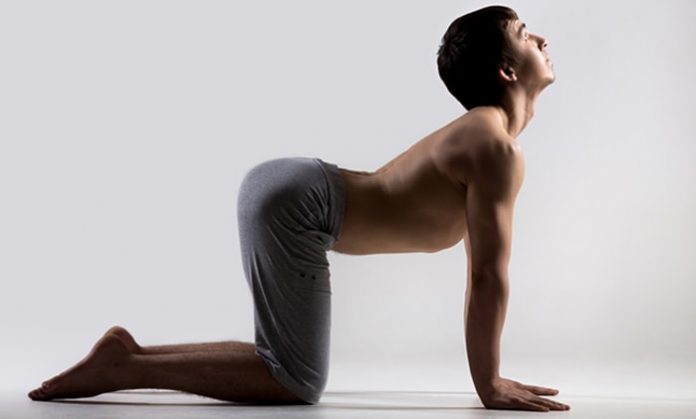
Extending the Base of Your Neck
Yoga poses that extend the neck, like this Cat-Cow pose, are great for opening the base of the neck in the front so that the scalenes lengthen. They entrap the neurovascular bundle that feeds the arm.
Pose Well done
Important changes will come from dropping your collarbones as you exhale in poses. This mindful habit will relax the scalenes and the rest of your neck and head. If you want to play with that, try the above breathing exercises. You’ll see amazing results from focusing on that a few times a day at red lights or your desk.
Support Integrative Works to
stay independent
and produce great content.
You can subscribe to our community on Patreon. You will get links to free content and access to exclusive content not seen on this site. In addition, we will be posting anatomy illustrations, treatment notes, and sections from our manuals not found on this site. Thank you so much for being so supportive.
Cranio Cradle Cup
This mug has classic, colorful illustrations of the craniosacral system and vault hold #3. It makes a great gift and conversation piece.
Tony Preston has a practice in Atlanta, Georgia, where he sees clients. He has written materials and instructed classes since the mid-90s. This includes anatomy, trigger points, cranial, and neuromuscular.
Question? Comment? Typo?
integrativeworks@gmail.com
Interested in a session with Tony?
Call 404-226-1363
Follow us on Instagram

*This site is undergoing significant changes. We are reformatting and expanding the posts to make them easier to read. The result will also be more accessible and include more patterns with better self-care. Meanwhile, there may be formatting, content presentation, and readability inconsistencies. Until we get older posts updated, please excuse our mess.

